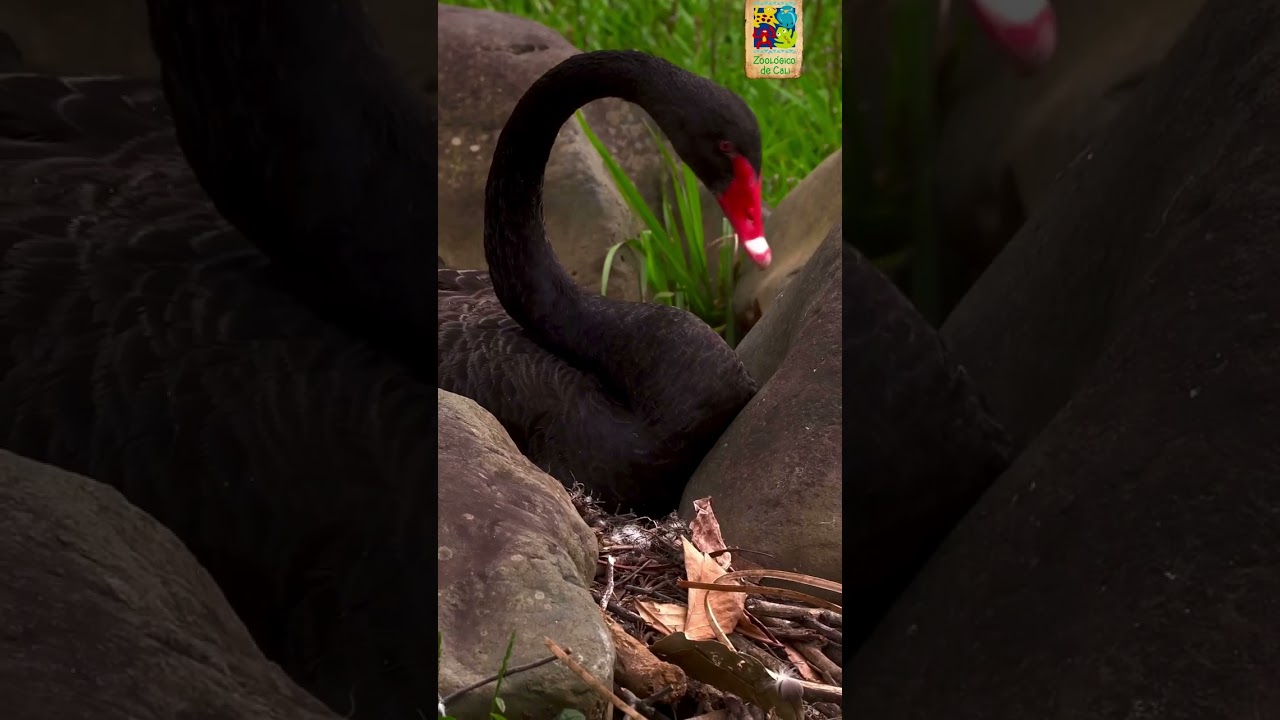– Understanding animal wakefulness patterns
– The impact of zoo settings on animal behaviors
– Strategies for wildlife conservation and zoo management
– The role of public education in promoting conservation efforts
Animals exhibit a wide range of wakefulness patterns primarily determined by their ecological niches and evolutionary adaptations. Diurnal animals, those active during the day, and nocturnal animals, those who find their stride at night, have evolved distinct physiological and behavioral traits that optimize their survival. Understanding these patterns is crucial for wildlife conservationists and zoo managers, who must create environments that closely mimic natural habitats to support the health and well-being of animals under their care.
Zoo settings play a significant role in the way animal wakefulness patterns manifest. Modern zoos strive to accommodate the natural rhythms of their inhabitants. This involves the careful design of enclosures, the simulation of natural light cycles, and the provision of enrichment activities that stimulate natural behaviors. For example, nocturnal animals are often housed in specialized enclosures that invert day-night cycles, allowing visitors to observe their active behaviors during zoo hours. This adaptation helps maintain the physiological and psychological health of nocturnal species in captivity.
Wildlife conservation and zoo management are increasingly adopting strategies grounded in scientific research and best practices. One key approach is the implementation of species-specific care plans that include detailed schedules for feeding, socialization, and enrichment activities aligned with the animal’s natural wakefulness patterns. By closely mimicking the conditions of the wild, zoos can play a pivotal role in the conservation of species by preserving genetic diversity and educating the public about the natural behaviors and needs of different species.
Public education is another critical facet of zoo operations directly influenced by our understanding of animal wakefulness and activity patterns. Educational programs designed by zoos aim to engage visitors with factual, engaging content about the animals they are observing. Feeding times, keeper talks, and interactive exhibits are scheduled to coincide with the times when animals are most likely to be awake and active, making these educational moments more impactful for zoo visitors. Through these efforts, zoos foster a deeper appreciation for wildlife and encourage public support for conservation initiatives.
In essence, the question of when animals are most awake is not just a matter of curiosity. Still, it is a fundamental aspect that influences zoo management practices, conservation efforts, and public education programs. By aligning zoo operations with the natural behaviors of its inhabitants, facilities can ensure the welfare of the animals and engage visitors in meaningful ways. This holistic approach to zoo management and wildlife conservation underscores the importance of scientific knowledge in fostering sustainable interactions between humans and the animal kingdom. Understanding and accommodating the wakefulness patterns of animals is paramount in these endeavors, ensuring that zoos serve as sanctuaries for conservation and education.
*****
Source Description
Hoy el #ZooTeResponde una pregunta hecha por @laurasanchez.1423 ¿A que hora se encuentran más despiertos los animales? 🐒🐸🐦🦉🐅
Déjanos abajo en los comentarios las preguntas que tengas de este tema o cualquier otra especie del Zoo y te la responderemos en un próximo video🙌🏻
.
.
.
#ZooCali #MuchasHistoriasQueContar #PasiónPorLaVida #ElZooTeResponde


